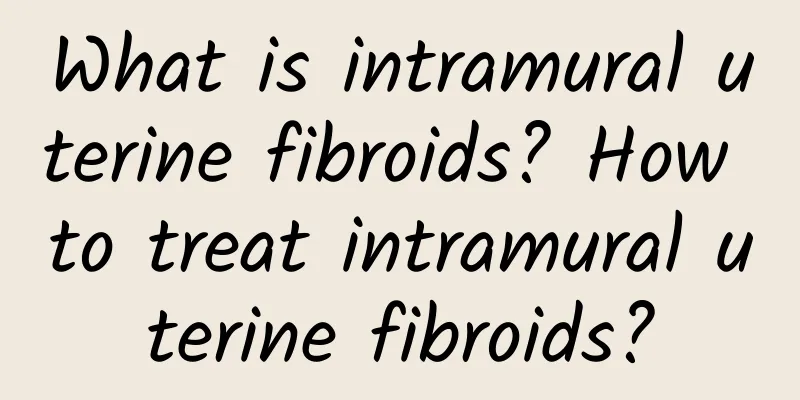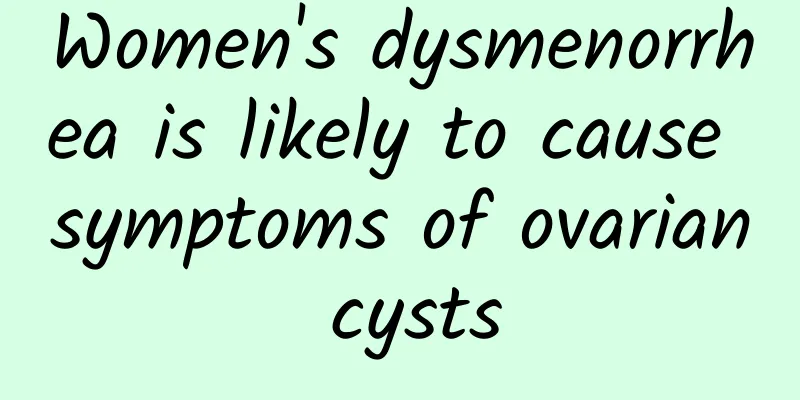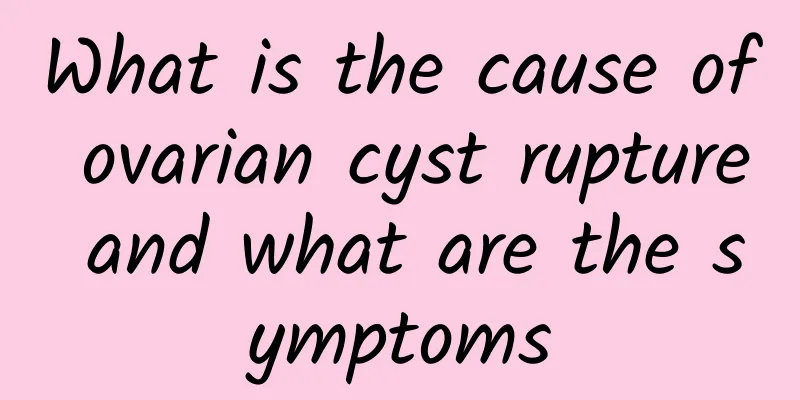What is intramural uterine fibroids? How to treat intramural uterine fibroids?

|
Uterine fibroids must pay attention to rest, do not do heavy work and squat, and avoid eating spicy, frozen and other irritating foods and alcohol. So, what are uterine fibroids? How to treat them? Uterine fibroids, also known as uterine leiomyoma, are the most common benign tumors of the female reproductive organs. Most of them are asymptomatic, and a few show vaginal bleeding, abdominal contact with the tumor, and compression symptoms. If the pedicle is twisted or other conditions occur, it may cause pain. Uterine fibroids are most common in the intramural area, accounting for 60%-70% of the total number of fibroids. The number of intramural fibroids is often uncertain, and there are often one or more larger ones. Sometimes many small tumor nodules can be distributed, forming irregular masses that fuse to form multiple uterine fibroids. Some involve the cervix or deep fornix, which can be easily confused with primary cervical fibroids. Intramural fibroids have good blood circulation and generally have fewer tumors. They can cause severe deformation of the uterus and affect uterine contraction. Because the volume of the uterus increases the area of the endometrium, it often leads to excessive menstruation, excessive frequency, and prolonged menstruation. So how to treat intramural uterine fibroids? The treatment of intramural uterine fibroids needs to be comprehensively considered according to the patient's age, symptoms, fertility requirements, size of the fibroids and growth rate. If the fibroids are small, few in number, asymptomatic or close to menopause, conservative treatment and regular review can be used; if the fibroids are enlarged, growing fast, and large in number, or there are obvious symptoms such as pain, menstruation, and prolonged menstruation, surgical resection should be considered. The diameter of the uterine fibroid is greater than 4 cm. Fibroids grow rapidly in a short period of time, except for malignant changes. Cervical fibroids have uncomfortable symptoms that affect the patient's life, such as repeated heavy vaginal bleeding, anemia, frequent urination, abdominal distension, etc. |
<<: Are uterine fibroids common? What are the symptoms of uterine fibroids?
Recommend
What are the common symptoms of uterine fibroids?
What are the main symptoms of uterine fibroids? D...
Physical and medical methods for treating cervical hypertrophy
Cervical hypertrophy is a type of chronic cervici...
Can cervical warts be passed on to children?
Cervical warts are familiar to some people, but t...
What are the main types of ovarian cysts?
There are many types of ovarian cysts, so treatme...
Is uterine fibroid surgery safe?
Uterine fibroids are the most common benign gynec...
Can IUDs cause pelvic inflammatory disease? It is easy to get pelvic inflammatory disease
In order to avoid unwanted pregnancies, women can...
What are the effects of adnexitis?
What are the effects of adnexitis? Adnexitis refe...
Do uterine fibroids and ovarian cysts have the same symptoms?
Do not stimulate or extract ovarian cysts. Many p...
Is hyperprolactinemia dangerous?
Hyperprolactinemia is a relatively common disease...
What are the effects of chronic pelvic inflammatory disease?
What are the effects of chronic pelvic inflammato...
2 Dietary Recipes for Pelvic Inflammatory Disease
Pelvic inflammatory disease is a gynecological di...
What is the cure for vaginitis?
What is the method to cure vaginitis? With the co...
What are the causes of moderate cervicitis?
Treatment for moderate cervicitis includes medica...
People should always pay attention to the care methods of uterine fibroids
Uterine fibroids are a common disease among women...
What are the adverse factors of irregular menstruation in women?
Nowadays, many women have irregular menstruation,...









